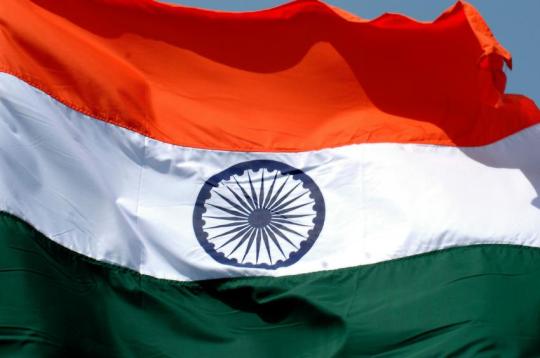Tagged: BBC
India: Where India’s farmers have gone
The Resources Research blog by makanaka often provides ‘food security’ type posts from an Indian perspective which I always find interesting.
The United Nations report (State of World Population 2011) estimated that the world population reached seven billion in October 2011.
“The UN estimates that the world’s seven billionth person [was] born on 31 October [2011] and says by the end of this century, the world’s total population could number more than 10 billion. The report, says this is not a time of crisis but a moment for action. The world’s population is going to continue to grow and we may as well be prepared for it. ”
“The [report] expressed concern that in many poor countries, such as in sub-Saharan Africa, the speed of population growth could hold back economic development and trap future generations in poverty and hunger.”
India has a population of 1.241 billion (2011). On its own it comprises almost 18% of this global population. Theoretically this means one 5th of the world’s food must go to feed the people of India (whether it does or not is a different story – according to the BBC, the challenges from the growth in population include the massive inequalities between different countries in access to food, water, housing and work).
This article which ties Indian census information to food production shows in the very least a food production demographic that is very much in flux, with the potential for food production promising to decrease as the emigration of the rural poor to the cities increases, the selling of individual farming plots increases and urbanisation.
Makanaka Writes:
“These losses and Census gains have much to do with the great urbanisation taking place in the major states. There is a continuing trend of holdings smaller in size and greater in number (which must, from an agricultural productivity point of view, not automatically be considered a liability), which is a factor in the redistribution of cultivating communities of the food-producing districts. The consequences to the capacities of these districts for sustaining a minimum level of food production for their own consumption are yet to be recognised and understood…“
It follows that where Indian agricultural productivity decreases, the agricultural productivity elsewhere must increase… if everyone is to have access to food that is?
Related articles
- Over half world’s population could depend on imported food by 2050 (environmentalresearchweb.org)
- Urbanization Without Industrialization: The Rise In Urbanization In Africa (spyghana.com)
- World food output growth to slow: UN/OECD (thenewstribe.com)
- DuPont Leader Encourages Next Generation to Get Involved in Global Food Security (prweb.com)
- Australia’s farming future: can our wheat keep feeding the world? (theconversation.com)
- Robert Walker: Let Them Eat… Insects? (huffingtonpost.com)
- Feeding the world population sustainably and efficiently with ecologically intensive agriculture (phys.org)
- World’s Population will stop growing by 2050 (lefuturistedailynews.com)
- India. On the Road. (nataliamaks.wordpress.com)
Shaktichakra, the wheel of energies
The change in the number of cultivators and agricultural labourers in India, as recently provided by Census 2011, is a major indicator of a state’s treatment of its crop-growing communities and its approach to land use. It is usually difficult to spot long-term trends in economic activity, in particular that of agriculture and food production, in the districts – a condition that the state does little to rectify.
Even so, these difficulties are eased to an extent by reading the census data together with other data – in particular land use and major crops. These should help us recognise the growing impacts on food security caused by rampant urbanisation and the steady erosion of the population of cultivators. [Please see the complete article on Macroscan.]
To gain a better understanding of the changes in the numbers of cultivators and agricultural labour (marginal or main) it is useful to…
View original post 702 more words

